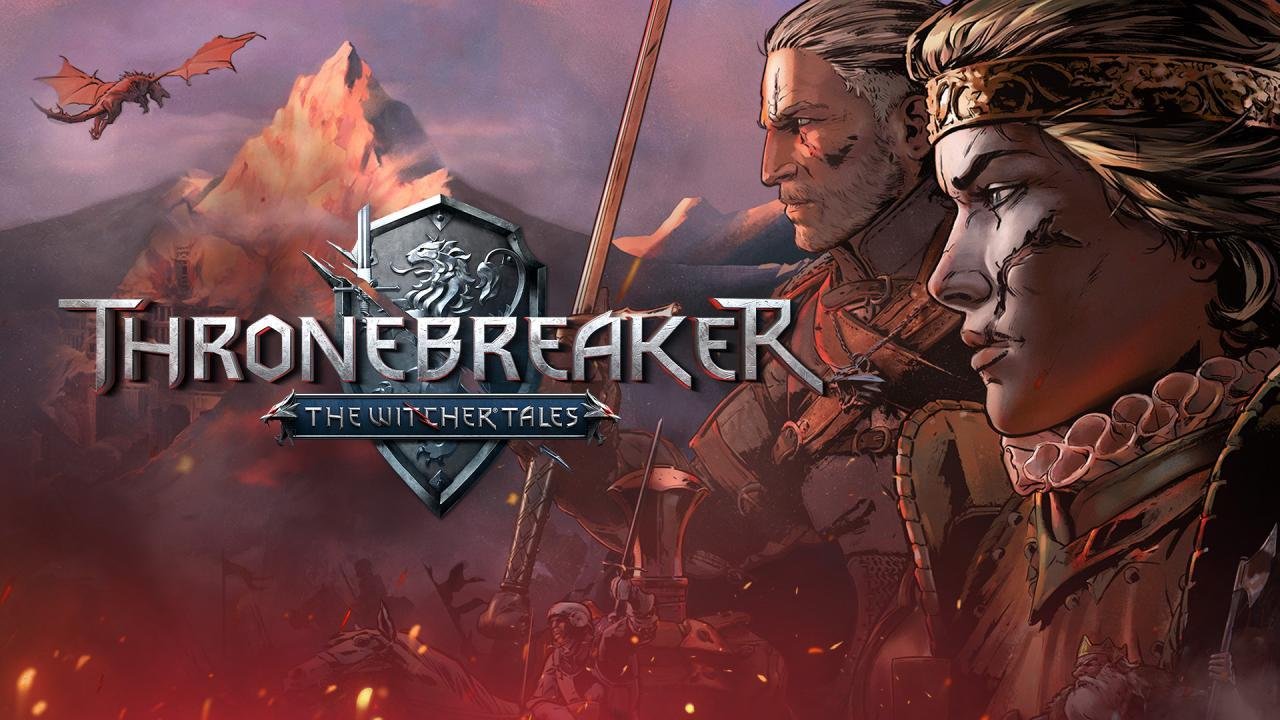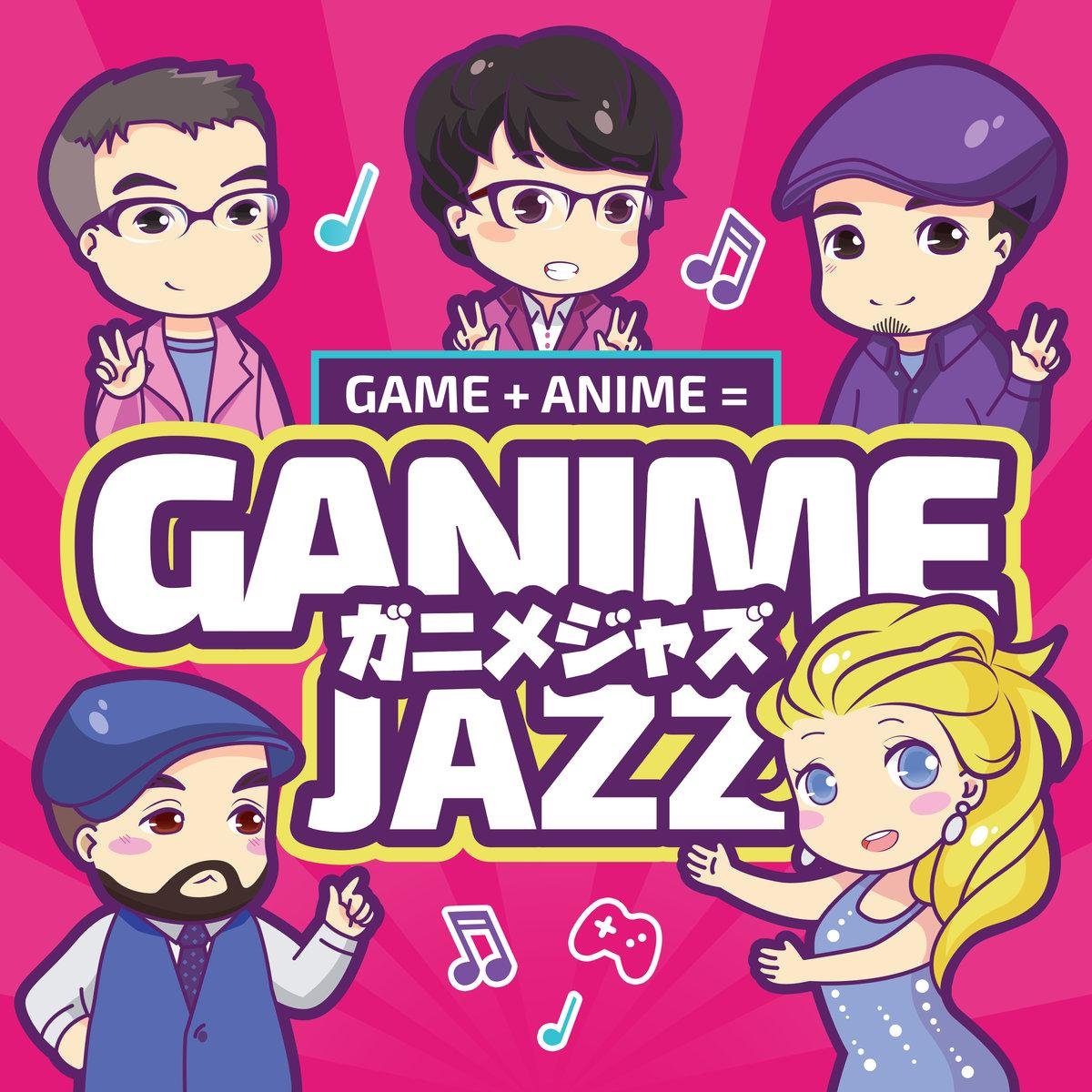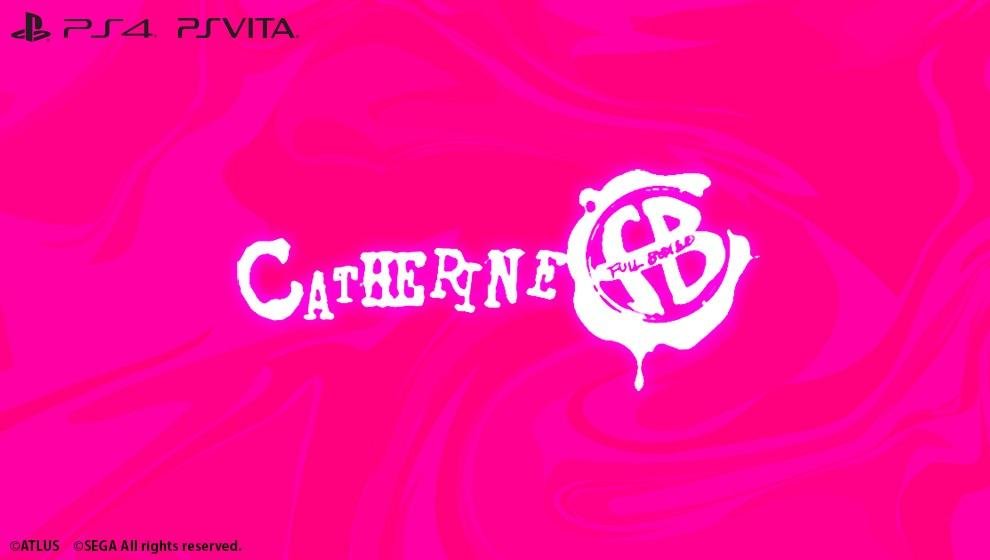Three years ago on March 2015, Moon Studios shook up the indie gaming scene with an unforgettable Metroidvania-style puzzle platform-adventure game. It was called ‘Ori and the Blind Forest’, the studio’s first game published by Microsoft Studios and released for both Microsoft Windows and the Xbox One.
Within its launch week, the game quickly became profitable for its publishers, and after a couple more weeks, profitable for the entire studio. It was touted as “one of the best games of the year”, receiving critical acclaim for almost every facet of its design from gameplay to art direction. However, where it shone the brightest was its music and environment design, which bagged the studio several awards including Best Art Direction at The Game Awards 2015.
Even after three years, I have to say, this game is one-of-a-kind. It may not introduce any drastic changes to the genre, but it harbours a level of polish and cinematic immersion that goes beyond much of what’s available in the market – even today. Simply loading up the game is like stepping into a high-budget animated movie, and its art is as breathtaking as its story is heartwarming.

The game’s overarching plot is a fan favourite and follows the tale of Ori, a tiny guardian spirit who grows up under the care and protection of a creature named Naru. A disastrous event occurs that disrupts their life together and the balance of the three elements: Waters, Winds, and Warmth. Ori is then tasked with the responsibility of restoring light to their home, the forest of Nibel, alongside his new companion Sein.
This fantasy quest is split into three major areas based on each nature element with a boss sequence at the end of each one. Despite that, the game is not as fixated on its plot and combat as it is focused on platforming and exploration. With its gorgeous background art and creative level design, it encourages you to explore the world around you and solve its puzzles along the way; and if you’re a completionist like me, coming back again and again to uncover every stone and secret.
What adds real value to this experience is the game’s leveling system. New core abilities are unlocked at every major area, which allows players to access areas in the map previously blocked off to them. With players finding themselves in the midst of a resource crunch in early game, journeying back to old parts of the map to unlock new areas and collect resources becomes a core component of the gameplay.
One of those resources are ‘ability points’,which players can spend on buffing Ori’s abilities, such as being able to dash jump twice in a row (a true blessing if there ever was one.) These ability upgrades are not necessary to complete the game but add quality of life and immense ease to its gameplay.

The other resource – which is also one of the most controversial points in the game – is ‘energy cells’ that you use to create ‘soul links’. Initially considered an ingenious invention, soul links allow you to save wherever you like in the game, with each new soul link overriding the old ones. However, there are many ways that this has gone terribly wrong.
Because auto save points are sparse in the game, that makes soul links your one and only savior in most cases. Simply forgetting to save your game after some time will cause your game to reset to where you last saved, even if that was two areas ago. Not to mention, the horrible realisation that you forgot to create a soul link before you quit the game on your last playthrough; I wouldn’t wish that on my worst enemy.
That, packaged with the inability to activate soul links when too close to “dangerous zones”, the overall unpredictability of the game’s level design (you don’t know what you could kill you around the corner), and the lack of energy cells available to you in early game can make for a deadly combination.

This reaches peak frustration during boss sequences. Note: I don’t call them boss fights, because they’re not. Instead, boss sequences are a series of triggered cut scenes where your main goal is to outrun (or out-platform) whatever’s chasing you.
These portions are the most inventive part of the game, but almost impossible to successfully execute on the first try. As the game doesn’t provide any useful directions on where to go or what to do, you’ll have to rely on creative thinking, trial and error to get yourself through these parts. Expect your death counts to wrack up like crazy here.
However annoying it is the first time through, this same factor is what I think gives the game such high replay value despite the lack of new game plus. Once you’ve gone past the clumsy stages of getting used to the character’s abilities, you’re really able to breeze through the game and simply enjoy being Ori. The sprite animations are absolutely divine; light and fluid motions that contain no trace of awkwardness. Combined with the music and overall art direction, this is a world you’ll want to come back and visit over and over.
Just don’t forget to activate a soul link before you leave.

Pros
- Beautiful music and flawless art direction
- A heart-wrenching story that will give you feelings
- Platforming puzzles are accessible yet challenging
- Ability buffs add depth and ease to gameplay
- High replay value
Cons
- Players are required to manually save their progress
- Boss sequences provide no clear direction and require trial and error
- Resource crunch in early game may impede progress
Ori and the Blind Forest is now available on Microsoft Windows and Xbox One.












